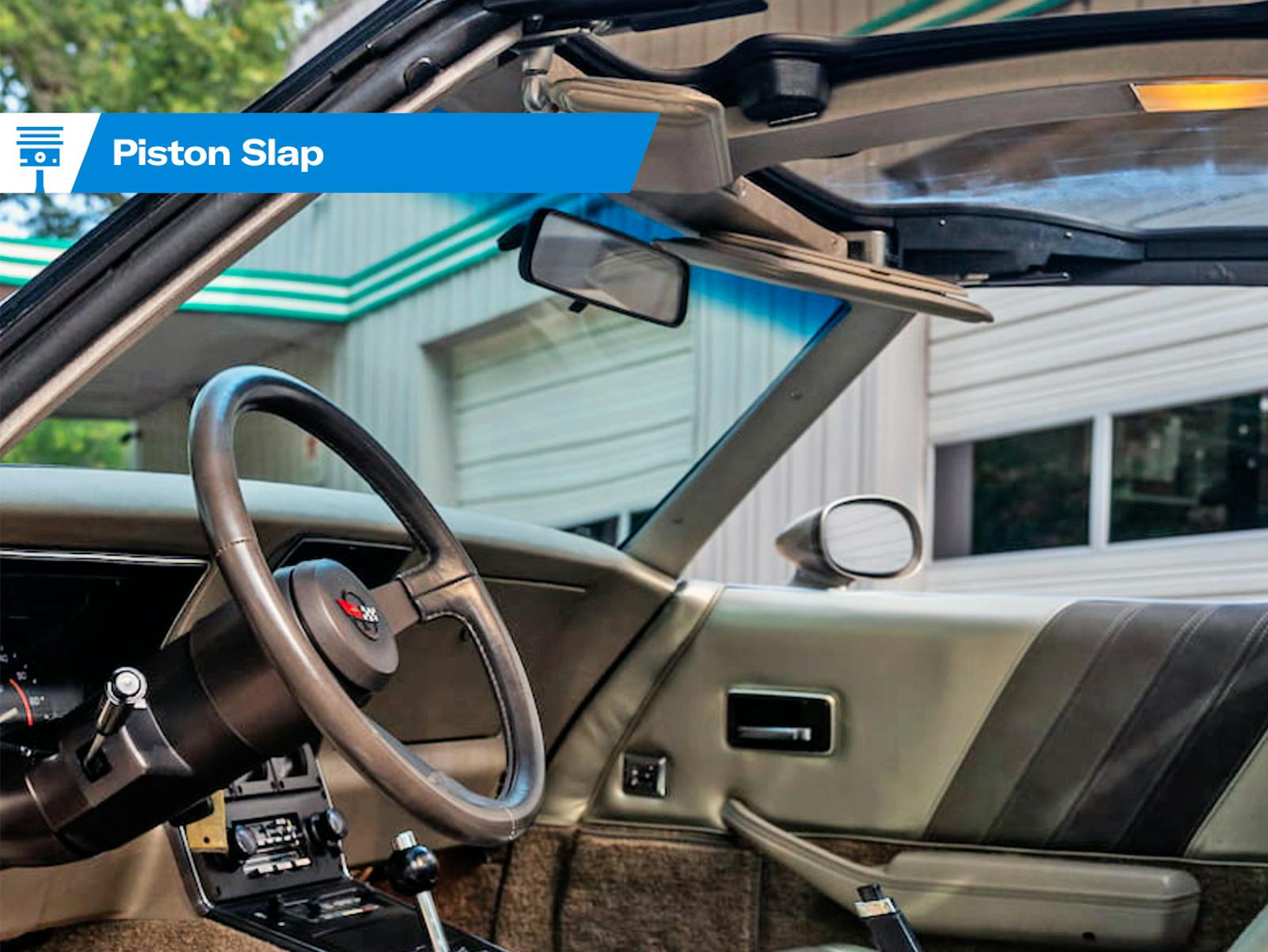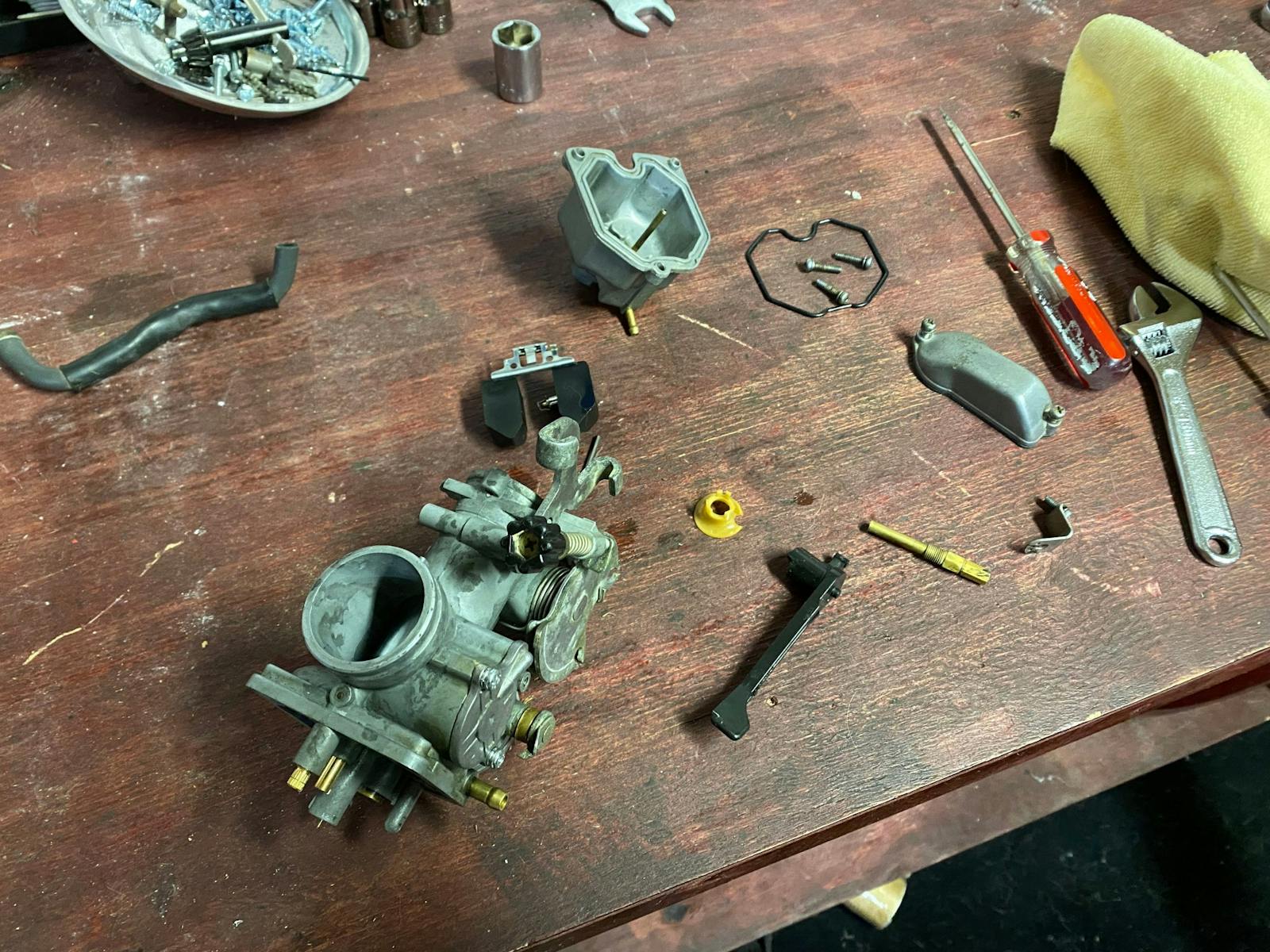The 5 best dashboards of the muscle-car era
2023 marks 70 years since the first Corvette rolled off the line in Flint, Michigan. To complement our extensive coverage of America’s sports car, from never-realized prototypes to Barbie partnerships to the future of Corvette Racing, we dug up this 2018 story focusing on interiors and starring the C2 (shown above). Enjoy! — Ed.
When it comes to American performance cars of the 1960s, we tend to focus on style and quarter-mile times. Considering that cars were made to be driven, it is somewhat curious that ergonomics took so long to catch on with designers. Is it any wonder the aftermarket was so successful with accessories like tachometers?
Yet not all performance cars were designed with sweeping needle speedometers and poorly placed tachometers. All it took was one quick glance and vital statistics were easily registered without having to take your eyes off the road.
Who got it right? Here’s a subjective list:
1963–67 Chevrolet Corvette
Chevrolet’s redesigned Corvette was special for several reasons: Split-window style, four-wheel independent suspension, and great weight distribution, among other things. The 1963 Corvette also had “new conveniences [that] blend Sunday-driving ease with sports car function,” thanks to its functional instrument grouping: speedometer, tachometer, ammeter, oil pressure, and fuel and temperature gauges were grouped in a “single smart-looking cluster,” all within easy eyeshot. There were few changes through 1967, and for good reason—it followed a standard that was appropriate for a sports car and set one that should have been emulated by Detroit but rarely was.
1963–64 Studebaker Avanti
20180815155244)
The Avanti was a make-or-break model for Studebaker, which at the time was America’s oldest automotive manufacturer. With fiberglass construction and exotic, Euro-inspired style, this 2+2 from South Bend, Indiana, was unique in so many ways. The interior kept the unique which included “aircraft throttle-like controls” and functional instrumentation that included 160-mph speedometer, tachometer, ammeter, oil pressure, water temperature, manifold pressure, gas gauge, and clock. All this was illuminated by red backlighting that seems to have picked up in popularity in recent years.
1966–67 Dodge Charger
20180815155550)
The 1966 Charger’s “four easy-to-read hooded circles” (150-mph speedometer, 6000-rpm tachometer, alternator, water temperature, oil pressure, and fuel) stood in contrast to the regular Coronet dashboard, which was a generic horizontal needle design with an optional tach only available on the console for the Coronet 500 trim level. While the Charger’s chrome bezels could be prone to glare, the dials themselves were large, legible, and illuminated by nifty electroluminescent lighting. Chrysler had previously used electroluminescence in 1960–62 which, at night, provided a gray-green glow with the added effect of depth as if it was rendered in 3D—something that is mimicked by today’s electronic dashboards.
1967–68 Mercury Cougar XR-7
20180815161013)
Only the base Cougar was available when Mercury’s pony car was introduced in the fall of 1966. The Cougar received a boost of European style with the XR-7 model, an upscale trim level introduced in the middle of the model year. Included in the XR-7’s standard features were “supple, glove-soft leathers” combined with vinyl for both front and rear seats, toggle switches, overhead console with dual map lights and warning lights, and map pockets and door assist straps, plus several other features. But it was the simulated walnut instrument panel, complete with “competition-type” gauges consisting of oil pressure, temperature, ammeter, tachometer, and fuel gauge, that gave the XR-7 its characteristic flavor. Add the GT package or, for 1968, the GT-E package, and you’d have yourself an American-style gran turismo.
1969–70 Pontiac Grand Prix
20180815161045)
For 1967, buyers had the option to accent the GTO’s wood-grained dashboard with an all-new hood tachometer. When combined with the Rally cluster, the driver could grasp all major vitals while keeping tabs of the engine’s heartbeat without removing his/her eyes from the road. Now imagine that with a “cockpit-style instrument panel that almost lays every gauge, control, and switch in your lap.” That would look like the 1969–70 Grand Prix, a driver’s car with an instrument panel that curved around the driver (shades of the Studebaker Avanti). Sure, the hood tach mechanism didn’t take too kindly to hood-slamming, and the lighting has been described as done by overworked fireflies, but this was Pontiac at the top of its game, especially when equipped with the 428 HO and four-speed.
***
Check out the Hagerty Media homepage so you don’t miss a single story, or better yet, bookmark it. To get our best stories delivered right to your inbox, subscribe to our newsletters.
20180815160935)


The Rally dash in the 70 to 74 Cuda’s and Challengers is hard to beat.
What about a Mercury Cyclone? The instruments were lined up along the dash with the smaller gauges angled toward the driver. I have always thought that setup was the coolest of any car I have seen.
What about a Mercury Cyclone? The instruments were lined up along the dashboard with the smaller gauges angled toward the driver. I have always thought that was the coolest arrangement of gauges I have ever seen.
I’m not sure how the Cougar dash makes this list and the Mustang dash doesn’t. That said I totally agree with the Vette dash assessment.
Sorry, but it not any of these. Once again, it’s personal opinion
I vote for the 1967 Mercury Cougar! I had a GT and loved that car. Only sold it cause of motor issues that as a 19 year old I didn’t have money to fix.
Of this list I think the Corvette has the best looking gauges.
I agree with Anthony and Steve: The 1970-72 Chevelle Super Sport gets it done. The same basic IP was used on the Monte Carlo as well. The “Astro Ventilation” outlets, climate controls, radio, light and wiper switches are also well placed and intuitive. And, yeah, there’s no debate: definitely a “Muscle Car”.
62 Chrysler 300 Dash was out of this world!
I am a Mopar fan at heart, but the Corvette totally rules the dashboard world.
I’ve owned a 1966 for a while now and still find myself getting in, not leaving the garage, just looking at the gauges. steering wheel and shifter.
It just does not get any better than that!
They left out the Trans Am. That was the coolest one to me.
Just give me three pedals, a rally dash with gauges and a tach. Icing on the cake is when the redline on the tach is over 6k to visually remind you there is something special under the hood.
Don’t get me wrong – there were cars with automatics and lower redlines that were fast. It’s just that a redline on that high side tells you a story without opening the hood. Many times it would also tell you gearing in the back might be deeper than a normal daily driver.
The sad part about the factory tachs of the day was no shift lights and they were kind of sloppy.
Opening a hood was even more exciting. Being greeted by cold air induction, a big holley, and a factory aluminum intake said this car is serious.
I like all my early MGB’s, 66 Volvo 123gt and 71 Volvo 142GT dash/gauge packages. Very clear and easy to monitor everything you need to know about.
The engine turned dash on the 70s Firebird Trans Ams were my favorite
Ergonomics-wise, The Grand Prix dash had the worst location for a car radio, impossible to reach by the passenger while wearing a seat belt, and hard to access by the driver, having to reach around the steering wheel.